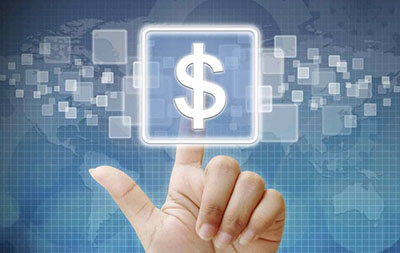
It’s hard to believe how some things have changed during our lifetime. Not long ago, we used to hurry home to watch our favorite shows on low-definition televisions, but now we stream high-def programing on demand through the Internet onto any device with a screen. In addition, we now have our choice of dozens of hybrid and electric cars that don’t quite drive themselves yet, but may just do so in the not-too-distant future.
Given the fantastic pace of innovation, what might we expect from our credit cards in the next four years?
1. Chip and PIN everywhere. While 2015 will be the year that most merchants in the United States adopt smart-chip compatible terminals, the technological migration away from from magnetic stripes still has a way to go. Nearly all card issuers and merchants are just now using the chip-and-signature implementation, which just replaces the magnetic stripe with a more advanced microchip. So if someone steals your credit card, it can still be used fraudulently. The next step is to migrate to the chip-and-PIN standard, already in use in Europe and several other parts of the world. Only when credit card transactions require the input of a personal identification number (as ATM transactions do now) will we truly reach the next level of security.
2. One card fits all. There are currently several companies vying to introduce a single credit card that will store and transmit the information from all of your accounts. Right now, these cards cost more than $100 apiece, and none has proved itself in the marketplace. But cardholders can expect that the quality of these devices will rapidly improve while the price falls to a level considered to be an affordable, or perhaps even negligible, expense.
3. A standardized smartphone protocol for credit cards. When it introduced Apple Pay, Apple made prominent the idea that we could make payments with our mobile devices. Nevertheless, the adoption of the iPhone and the Apple Pay standard has been far from universal. So it seems logical that the next step in the evolution of mobile payments will be an industrywide technological standard, rather than a proprietary one, much like the EMV smart chip and the magnetic stripe that came before it.
4. Taking the card out of credit. You don’t carry around a plastic card that represents your savings account or investments, so why do you need a physical object to represent your line of credit? The purpose of the credit card itself is to authenticate the transaction, and it isn’t very good at that. Since credit cards can be lost, stolen, damaged, or just left at home, perhaps the ultimate solution will be to carry no credit card at all. Inexpensive fingerprint readers, like the ones in every new iPhone, could be easily included in merchant terminals, allowing us to leave our cards at home. When shopping over the phone or online, our devices could store and transmit our account information, making the plastic credit card itself into a relic of past.
This article originally appeared on Credit.com.
This article by Jason Steele was distributed by the Personal Finance Syndication Network.
Source

0 responses so far ↓
There are no comments yet...Kick things off by filling out the form below.
Leave a Comment